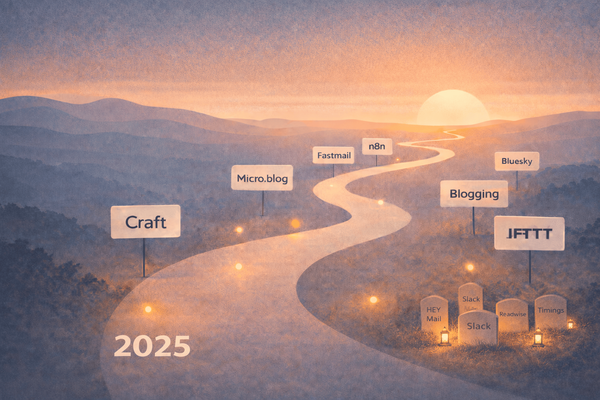GuruShots Tips and Tricks Guide — The 2021 Edition — Part I
This guide is based on my gaming experience1 after returning to the well-known photography game, GuruShots, after a very long pause away from it2,3,4. Here is what I found out5,6. This article is for everyone interested in GuruShots, who played the game or would like to start playing. Let me be clea

This guide is based on my gaming experience1 after returning to the well-known photography game, GuruShots, after a very long pause away from it2,3,4. Here is what I found out5,6. This article is for everyone interested in GuruShots, who played the game or would like to start playing.
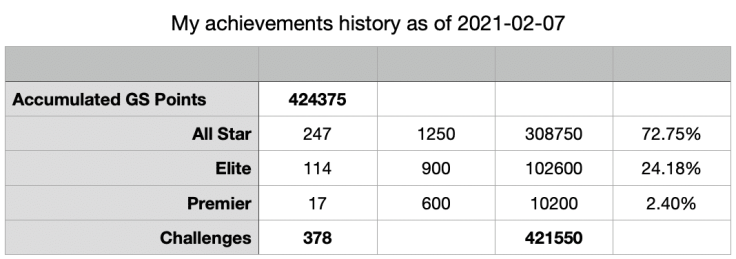
Let me be clear: if you’ve been playing GuruShots and like the game, fine, I’m not judging how you decide to spend your free time. My goal here is to help other players benefit from my experience in a way that let them better understand the implications that come with playing and being successful at GuruShots.
GuruShots: what it’s all about?
First, let’s put a frame around GuruShots7. If you think this game is all about photography, think again. It’s not. It has never been the case and never will. This game is about having fun. Period. GuruShots’ goal is to suck away the maximum of your life and probably of your money in return for meaningless and empty fame. This game is so twisted in its conception; it is mind-blowing. The game design is based on the same principles behind social media: to get you engaged as much as possible. Let’s see why I’m being so severe here.
If you think this game is all about photography, think again. It’s not.
Algorithms play a big role in GuruShots, a much bigger role than the quality of your pictures or your talent. Trust me. Some players of GuruShots want to beat the game8. Just try searching on Google by entering the word “GuruShots” and wait for keywords suggestions. You’ll see what I’m talking about.
The Guru moniker has lost its lustre over time; there are too many of them who can run their challenge. It was the only way for the game to grow on a larger scale. Many of the original gurus9 are still there and run challenges from time to time. Running a challenge requires attention from the guru behind them, so they needed to scale and extend the game by naming other gurus10.
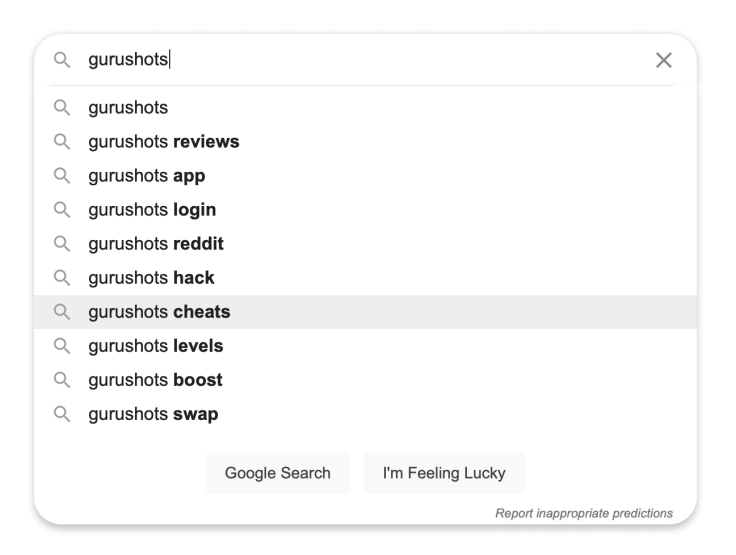
Challenges are redundant because too many people can create one. You’ll find the same pictures again and again in many similar challenges. There is still no limit to how many times you can submit a picture in a challenge, unless the picture won a challenge, which is a rare case, right?
Speaking of running challenges: I still have seven challenges waiting in the review queue after more than a year (read my article about how challenges are created here). They can’t even keep up with challenge suggestions11. To move the needle, I would have to create a support request, then maybe I’ll get some attention, and maybe they’ll approve some of them.
If you try to minimize the time you spend for your voting sessions, you are taking less time to look and judge photos, which goes against subtlety and great nuanced photos. Only the “obvious ones” go to the top which means, more often than not, caricatural images. By this I mean: overly processed, too much sharpness applied, high contrast, highly saturated images.
GuruShots is like speed dating
GuruShots is like speed dating; it has nothing to do with photography as an art form but to consume images. You don’t have to think “be creative, original, master the technique” when deciding which of your photos you upload on your profile. It is all about being opportunistic for the currently running or future challenges.
What’s new?
I didn’t play a lot in 2020. The summary of new features cover more than a year of game evolution and tweaked game play.
Teams

Teams are the most important addition to the game in a long time; it creates a new play dynamic. It is by far the most complicated aspect of the game. You really need to spend some time (again!) to learn about the different rules governing teams and rewards. I’ve played in two different teams for a while to experience the feature.
Here is how it works. You can create your team or join an existing one. There is a maximum of 20 members in a team. You can leave a team at any time (or being kicked out by team leaders). There is one or more team leader who decides which challenge the team enters as a whole. When joining a team, you cannot participate in a match while one is currently being played. You have to wait for the next match. When playing within a team, you don’t need a key to enter a challenge near the end. Teams can challenge each other. While two teams are engaged, there has to be an equal number of up to 20 players. A team can have standby members waiting to participate as two teams in a match must have an equal number of players.
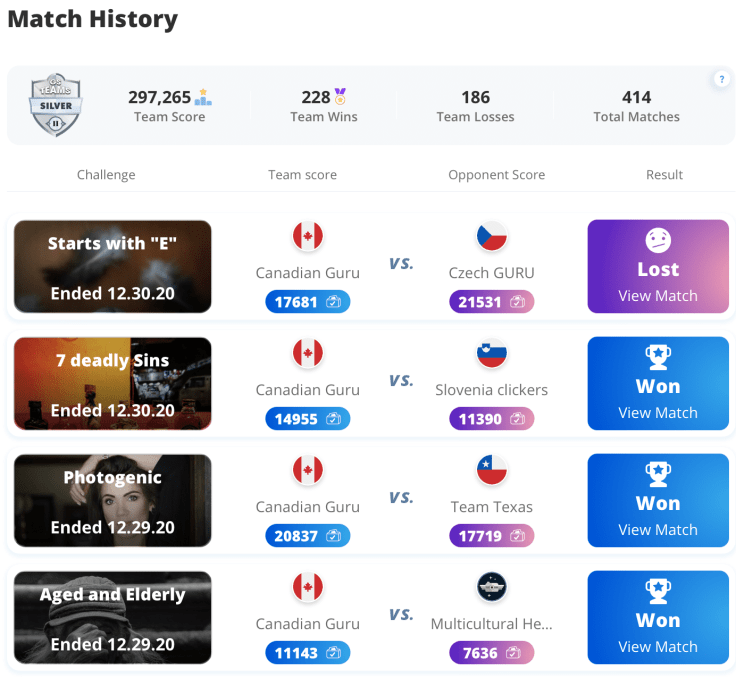
There is a team’s leaderboard. Teams advance by winning challenges. As your team wins, members receive rewards like fills and swaps. You have to claim them, though. Each team wins will help advance the team on a leaderboard within a league and globally as explained here on the website:
“Team Leagues are similar to sports leagues. They are a type of Leaderboard that ranks Teams using Team Score in a predetermined period of time, a Season. Teams are divided up into leagues based on the score they achieve each Season. Teams can earn rewards at the end of each season.”
“Seasons are a predetermined length of times in days. The time left in the Season is displayed in each leaderboard. The standard Seasons will last for 7 days, but this length may change from time to time. At the top of the Leagues page you will see a counter counting down the time left in the season.”

Team leaders want active players otherwise they will kick them out of the team. This is how my experience with teams ended, I didn’t play often enough12. That being said, not all is bad about teams. You get to meet new people and can chat with them. It’s a great way to discover a new talented photographer.
Events
Another addition to the game: events. These are activities where the goal is to get as many votes as possible (by participating in as many challenges as possible, obviously). There is a leaderboard showing your position. These events can last more than 60 hours. It’s one of the most time-consuming parts of the game, it is crazier than playing in a team. If you want to move up in the leaderboard, you have to participate in many challenges at any given time. It’s another trick to maximize players’ engagement. Not for me.
Challenges
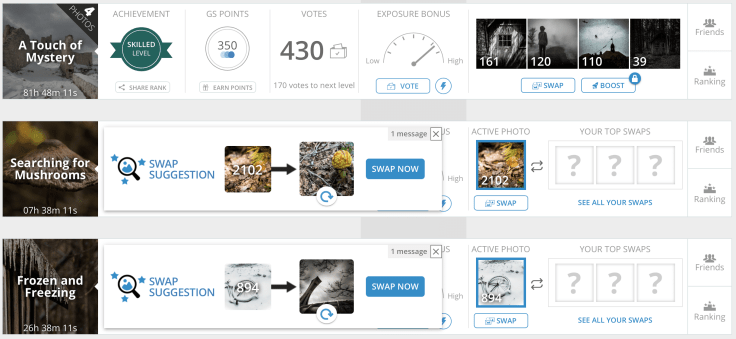
Now, challenges for a specific member level are now possible where only “Newbies” are allowed in, or “for Masters only”. That’s a positive change. Entering the challenge will require to unlock keys even before 24 hours. This is necessary to prevent a last-minute participant to climb the top of the ranking at the last minute. I’m not convinced if this makes a big difference as you can earn keys pretty easily.
Long-lasting challenges (a week or more) are much less frequent than they used to be. People didn’t like them as they required way too much time for too many voting sessions and keep your exposure level high. You see, people get bored pretty easily, the turnover must be high to keep the interest high. This goes against the challenges of quality and uniqueness. More challenges mean more repetitive themes. Yet, you can still see a challenge lasting for 15 days from time to time (500px started something called “Quests” and they last for a month).
Going from Elite to an All-Star level in a challenge requires many more votes than before, making it harder to reach the top level. It’s a good enhancement to the gameplay. Two-photos challenges are new. GuruShots wants engagement at all costs. Some people might have difficulties finding enough photos to enter a four-photos challenge. Now it’s possible with only two.

Level requirements can change from one challenge to the other. In one case, the “All-star” level is set to 2000 points while in another it is set to 2300. I don’t know how these requirements are set, it’s not at the challenge creation time, maybe at review time by the moderators.
Algorithm changes
Exposure Bonus depletion seems faster than it used to be. It’s a trick, so you feel the need to spend more time in voting sessions13. From full to empty level it will take about 12-24 hours, and it varies across challenges (four-photos challenges take longer than only one-photo challenges). The more one-photo challenges you join, the more time it will take to keep your exposure level up.
Another addition to the game is that now you’ll get a notification when the challenge organizer is actively picking up photos and GuruShots will encourage you to swap one of your pictures to get attention. Again, maximize user engagement. Here is a bit of advice regarding Guru’s pick. There are not only important for you to progress in the game, but they are also an indication of the Guru’s taste. Before entering a currently running challenge, have a look at what are the Guru’s pick to see if it fits your style.
Still on the subject of notifications: expect a lot of promotional popups while using the game’s website or the smartphone application. It is very annoying.
What’s unchanged?
The iPad still lacks a native app, which is sad and tells a lot about the lack of attention to the art form. Playing on the bigger screen would allow for better image visualization.
Some challenges that are using too generic themes can be visual junkyards and voting sessions in these challenges are a pain to do. This is where “Fills” come into play, if you have any in your possession, using them will help you alleviate your burden.
The dynamics at the very end of a challenge play a big role in the final results, time zones are critical in deciding which challenge to join14. Skip challenges where you won’t be able to actively vote in the last few hours. It’s a major problem in the game platform as it shouldn’t make a difference if votes were evenly distributed during the challenge running time.
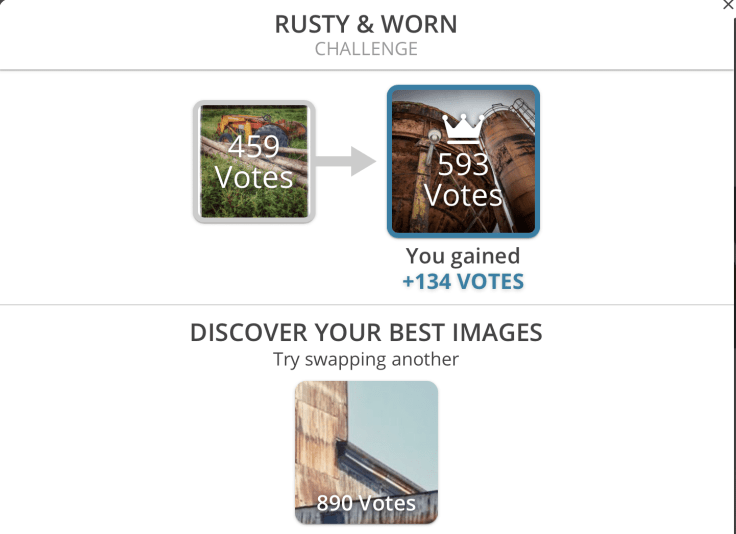
Swapping is encouraged by GuruShots for underperforming photos as they require a voting session to expose your newly swapped photo. Again, it’s all about maximizing players’ engagements. On the subject of swapping, swap when your bonus exposure is high to maximize the effect.
Interesting math: for any given challenge you’re in, dividing the current number of points by the number of voters (use the notifications drop-down menu on the website to see how many voters you’ve got), you get the average voting power of the voters15. For example, 500 / 64 voters give 7.815. From this simple calculation, we can infer that voters are experienced players.
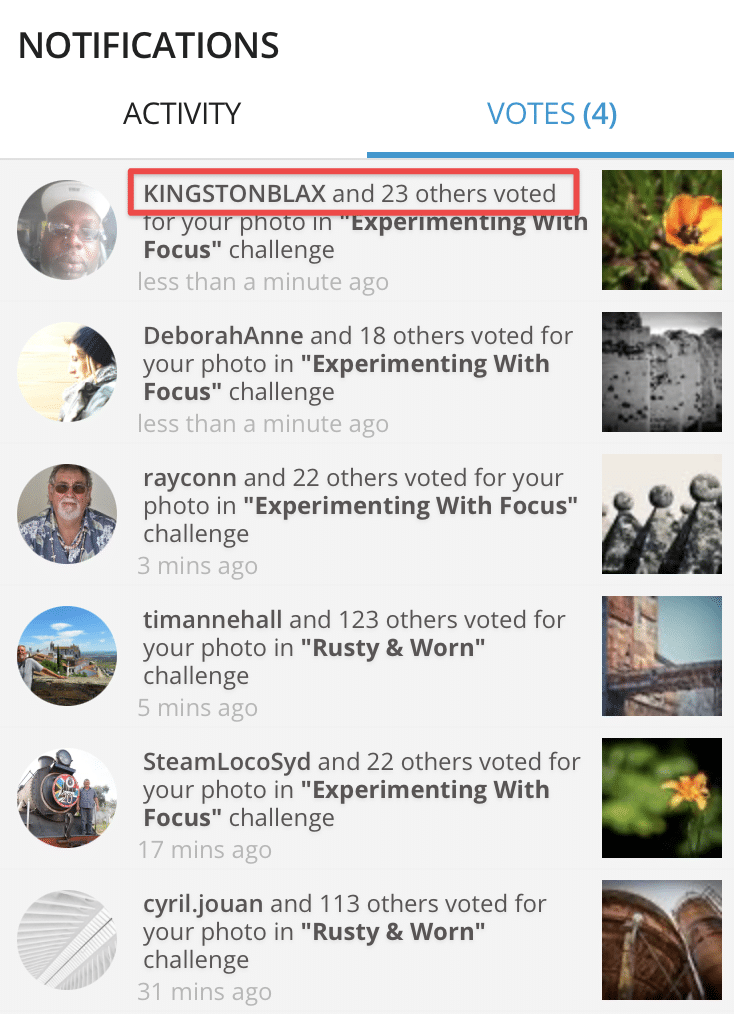
Bonus tips
Landscape photos perform better than portrait ones. The reason seems to be related to the visual space they occupy on the photo wall during your voting session.
In a four-photos challenge, starting with four photos is not always the best strategy. Start with one then add the other, one by one during the challenge. Personally, I do put all four photos in one shot. This way, the under-performing photo is a swap candidate.
When uploading your photos, make sure to keep EXIF metadata. Don’t remove anything except the location. Gurus who pick photos like to see the metadata.
It is much harder to compete in generic themes as you compete against everyone. The theme focused challenges attract a more defined crowd.
Now what?
I’m not done with this guide yet. Part II coming up this week where I’ll explain, mathematically, how much time you can expect to spend on GuruShots if you want to thrive. I did some math, so you don’t have to. The numbers are very telling. Meanwhile, don’t miss the original guide published in 2018 which is still good for beginners. An update was published later in 2019, that you should read too. If you want to see the game in action, head to my Vimeo page. You can find a useful FAQ on Reddit about Guru’s picks. Reddit /Gurushots is a great place to discuss strategy by the way.
Don’t miss part 2 where I give two examples to explain how much time you should expect to play in order to be successful.
- I’m currently at GURU level with less than 500K points. That was pretty fast and I think it is because I was lucky. ↩
- For this guide, I played many challenges and tried all the new features to see how GuruShots has evolved. ↩
- The previous guide was published at the end of 2018 followed by an update two months later. ↩
- The COVID-19 pandemic brought me back to the game for a while. I suspect this is the case for many players. ↩
- Each player may have a different experience of the game, hence different point of views. That bing said, there are obvious conclusions that we can infer from this game on which many players would agree on. ↩
- Spoiler alert: it’s ugly. ↩
- No pun intended. ↩
- You can find a third-party app called “Gurushutter” to help you beat the system too. I didn’t try it because it is not available for the iPhone. ↩
- They are named “Guru Pro” on their profile. ↩
- They added Guru I, Guru II, etc. in the last year or so and I don’t like it. I would have preferred different names instead. ↩
- Funny enough, I entered a challenge entitled “Rusty & worn”. I do have a challenge waiting in review called “Rusty places” which never passed the review process. ↩
- Good riddance. Teams are time suckers. ↩
- The depletion of exposure bonus is faster than it used to be to maximize users engagement with the platform. ↩
- I observed that the final issue of a challenge always flip in the last few minutes. You may be ranking high at 10 minutes before the end and go downhill in the last few minutes. ↩
- This example is for a one photo only challenge. For a two photos challenge, dividing the result by two is required. And so on for four photos challenges. ↩



